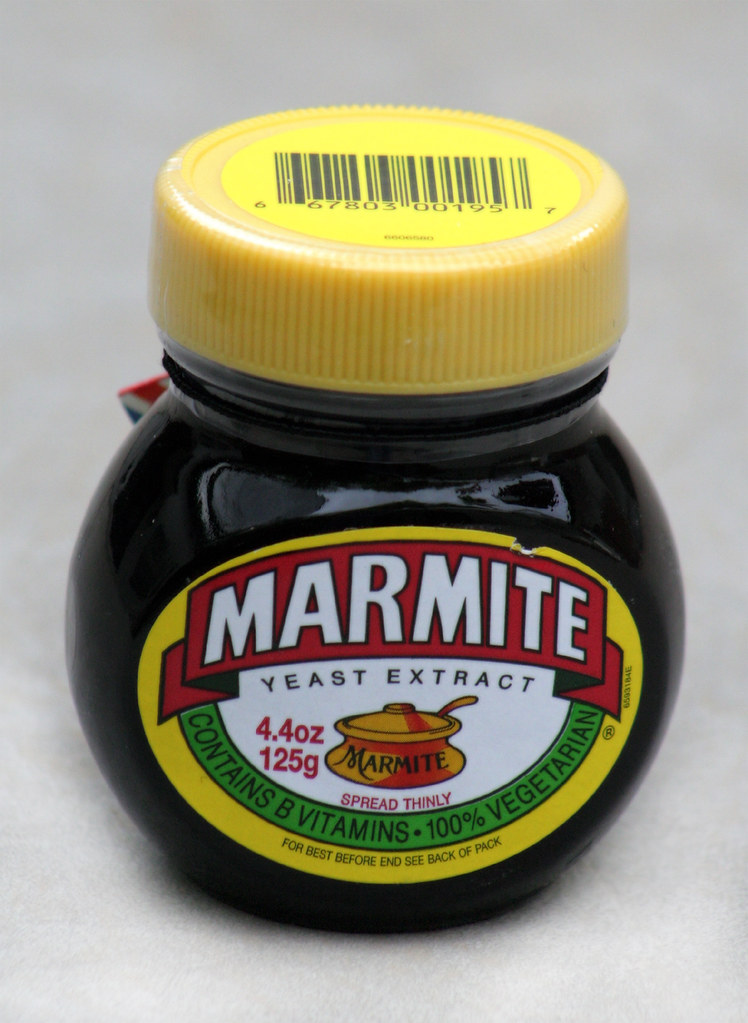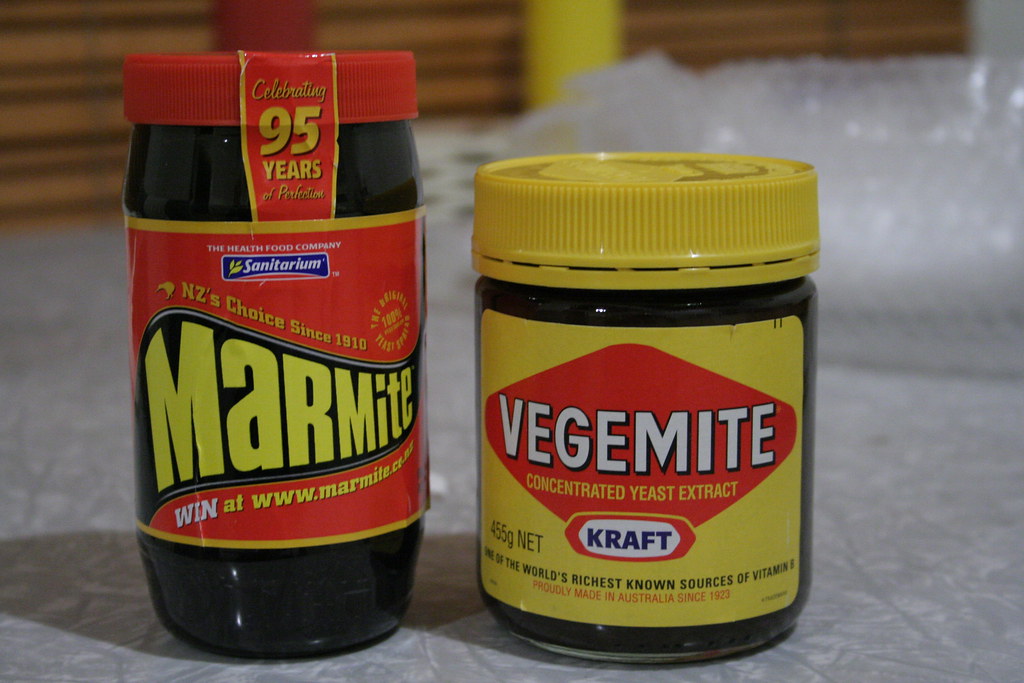For many of us outside of the United Kingdom, marmite is quite a controversial spread. It’s no surprise if you’ve heard it on the news, seen it in reaction videos, or tried it and never quite understood how it became so popular. It’s a real “love it or hate it” condiment, much like the debate about whether pineapples deserve to be on pizzas or not. If you’re asking yourself what is Marmite, hopefully I’ll be able to clear up any confusion.
History of Marmite

Marmite is famously known as an iconic British spread, but it actually wasn’t created by a Brit. Justus von Liebig, a 19th century German scientist, actually invented it by accident. He found a way to concentrate brewer’s yeast and bottle it up to be eaten as he was studying beer brewing. The name marmite came from the French term for a large covered cooking pot (pronounced in French as “marmeet”). It wasn’t until 1902 when the Marmite Food Company began selling it commercially, making it officially British.
Today, marmite is internationally known as a British savoury spread made out of yeast extract. You can easily find it throughout the UK, order it off Amazon, or in a major grocery retailer in North America like Walmart. Spin-offs of marmite were also created in New Zealand and Australia; Australia has Vegemite and the Kiwi company, Sanitarium, sells its own version of marmite.
Ingredients

As you know, marmite is made out of yeast extract, predominantly using barley, wheat, and rye. That’s what gives it its ‘love it or hate it’ taste. The process of making Marmite is really interesting. It first starts of as a liquid and is then heated up, sifted to only absorb the liquid, and then evaporated. Once it’s done all that, the yeast is smoothed, evaporated and you get yeast extract. Some top secret ingredients are then mixed in to create the polarizing Marmite spread.
Tasting vaguely of strong cheese, Marmite is rich in vitamins and minerals. It has a good amount of vitamin B complex, which helps combat beriberi and anaemia. Because it’s so high in nutrients, it was fed to British troops during World War I.
Ways to Eat Marmite

Typically, Marmite is eaten as a spread on toast. A little goes a long way, so you don’t need to put much of it on your bread. You dip maybe a pea-sized amount and spread it on your toast. You can even choose to put on butter beforehand, but that’s up to you.
I only recently found out that Marmite is a meat-free alternative to beef extract products, like Bovril and bouillon cubes. But I’ve used it as a substitute for butter or margarine multiple times. For example, when making a sandwich, I use marmite instead of butter to prep my sandwich. Then I just put vegetables and my preferred protein.
Besides enjoying it as a spread, I’ve tried Marmite pork or Marmite glazed pork ribs. Another great way to incorporate Marmite into your diet is by using it with pasta. It’s also good as a dip for vegetables, cheese, and crackers. I don’t have it often, but it’s a good snack to have on stand-by. For dessert, you can make chocolate marmite brownies or marmite caramel buttercream chocolate cake.
Marmite vs Vegemite

The biggest difference between Vegemite and Marmite is the name. I’m not technically joking because if you look at the ingredients, they pretty much say the same thing. Both have lots of vitamin B complex like niacin, thiamine, riboflavin, folic acid, and folate.
But if you want to be nitpicky, folate and folic acid are both forms of vitamin B9, but folic acid is a synthetic form of folate. Vegemite also contains some preservatives. The texture and taste is slightly different as well. Vegemite is saltier and has a stronger malt taste. Marmite is stickier and much more difficult to spread on toast.
With this knowledge, I hope you try Marmite out for yourself. Obviously, I’m not expecting you to run out to your nearest grocery store to get it. Find someone who likes Marmite to teach you the proper ways to eat it (because if you spread it on the wrong food, it can really ruin this unique spread for you).


